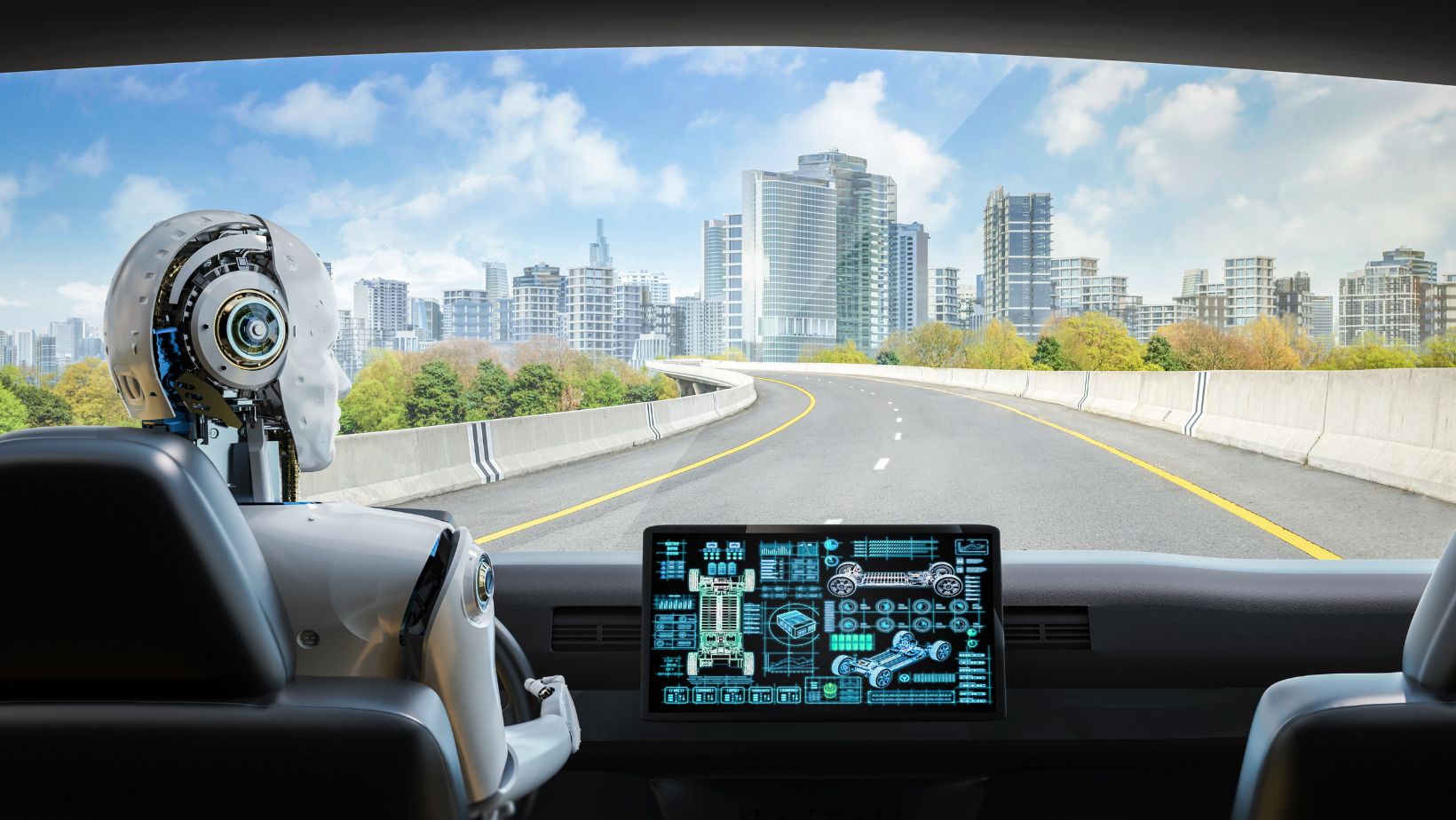Artificial Intelligence in the recent past has grown into one of the transformational forces across industries. This is no exception in motorsports either. F1, as it is more known, represents the pinnacle of motorsport: an apex for technology and innovation. Considering wins in races are usually marked by razor-thin margins, teams take to increasing the use of AI. From optimizing performance with better car settings to devising highly intricate race strategies, AI-driven innovations are rewriting the face of F1-as Alexander Ostrovskiy explains:
The article covers how AI has risen in Formula 1 from performance optimization with car settings to strategy planning and develops some ethical challenges along the way. While the technology keeps developing, it will not only be rewriting the sport but also bring debates about fairness, transparency, and human elements in racing.
AI in Performance by Car
Everything needs to interlink perfectly-from aerodynamics to how the engine works to how the tires are managed to perform in an F1 car, and that research and development multi-million investment; one of the most vital tools in this sphere is gradually being taken over by AI.
Aerodynamics and Optimization of Engine Efficiency
Aerodynamics is the most important area in F1, as it touches directly on the speed of the car, fuel consumption, and wear on the tires. While classical testing in wind tunnels and CFD simulations were widely used, with AI algorithms complementing these nowadays, much big data comes from simulations and real telemetry as a basis for machine learning models, allowing anticipation of how minor changes in design may be best exploited for performance enhancement. In that way, it, therefore, follows that research into the possibilities of design will be more effective as an optimum configuration that might have gone missing could be spotted much more easily.
Telemetry data, on the other hand, works correspondingly to tune performance by AI in order to derive better engine efficiency. As a matter of fact, telematics is in real-time since AI keeps on changing variables like the flow of fuel, combustion efficiency, and deployment of hybrid power. For example, AI selects the perfect time to deploy electric energy from a car’s hybrid power unit for maximum acceleration while keeping fuel economy on target. Learn more at this link https://alexander-ostrovskiy-race.co.uk/
Real-time Changes During Races
A race has dynamic conditions-variables that are always changing with respect to the weather, degradation of tires, and competitor behavior. AI systems process live streams of data, converting it into actionable insights involving both pit crews and the driver. The latter enables real-time adjustments to be made in adjusting the car’s brake balance or changing engine settings so peak performance is realized when it comes to dynamic conditions.
Strategic Applications
With AI, performance in cars goes further to make decisions that are always the difference between winning and losing.

The teams use AI to parse mountains of data and run millions of race simulations to underpin informed decisions under pressure.
Predicting Pit Stops
Early or late pit stops translate into a loss of position, while a good pit stop may also hand on the lead. It examines the pattern of wear and tear of tires, the conditions of the track, and strategies followed by competitors to predict the ideal window for making pit stops. These predictions then get further refined over time-in real-time, at any moment new data crops up-enabling teams to change plans on a dime.
For instance, AI would evaluate whether a two-stop could be quicker than a single stop by modeling the effect of both options on lap times and track position. It also embraces the chances related to safety cars and weather changes, therefore offering teams a number of contingency plans.
Competitor Analysis and Race Simulation
AI also has a huge say in competitor behavior: it will make predictions, utilizing machine learning models with historical race data on how the rival teams and drivers are most likely to act in certain conditions. Such knowledge will help the teams get ready for overtaking opportunities, defensive maneuvers, and strategic shifts during the race.
AI-powered race simulations let teams try out different scenarios even before the event has started. This is done by teams specifying factors such as, but not limited to, start positions, tire compounds, and weather conditions to identify the most promising strategy. Quite often, thousands of runs are executed in order to come up with a statistically robust recommendation, accounting for uncertainty and variability.
Challenges and Ethical Considerations
Although AI will not minimize the benefits in F1 racing, the adoption raises definitely quite a number of ethical challenges that need resolution to ensure that competition remains fair.
Fair Play
Of the many, one major concern is that the playing field needs to be even. Richer teams are able to invest more in AI technology, thus making them surge further ahead while the smaller teams fall behind. This might kill the real competitive spirit of the sport. The FIA has placed cost caps and regulations in place to prevent overspending, but it’s tough to really police this.
Data Privacy
The second most crucial concern is the one regarding data privacy, given that teams gather copious amounts of telemetry data, doing analysis all over the place. Protection against unauthorized access to, and dissemination of misuse information collected, will become paramount. Then there’s the question of who owns the data: does it belong exclusively to every team, or would sharing a set of datasets foster more races and more innovation?
The Human Factor
While much of the sport is, the more AI is applied to F1, the more it raises questions about where human intuition and skill come into the equation.

While AI processes most of this information quicker and more correctly than humans can, it also lacks the essence drivers and engineers bring in with their creativity and flexibility.
Bottom line
AI, on the path of proliferation, left a lot of issues along the way: fair competition, data privacy, and retention of the human touch-so much important in this type of sport. As technology will be further developed, changed, and evolved, F1 needs further revisions of the rules and practices over time.
But AI intrinsically is a two-edged sword, and if used well, it can give Formula 1 yet another leap up. It was something that captured just about the very spirit of innovation responsible for defining the offering just the most poignant glimpse into the track.






